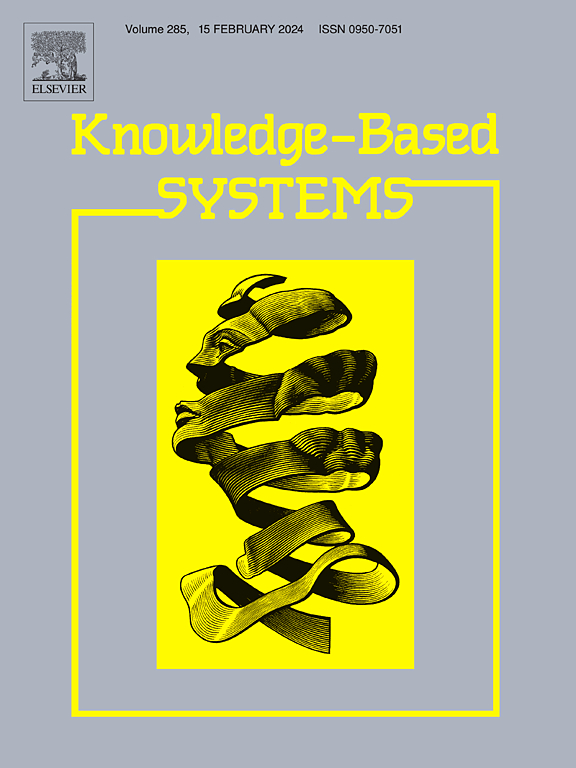HKMCNN: Heat Kernel Mesh-Based Convolutional Neural Networks
IF 7.2
1区 计算机科学
Q1 COMPUTER SCIENCE, ARTIFICIAL INTELLIGENCE
引用次数: 0
Abstract
Convolutional neural networks (CNN) have achieved remarkable results in various computer vision and pattern recognition applications. However, in computer graphics and geometry processing, the focus is on non-Euclidean structured meshed surfaces. Since CNNs operate based on Euclidean domains, the fundamental operations of CNNs, such as convolution and pooling, are not well defined in non-Euclidean domains. To address this issue, we propose a novel mesh representation named Heat Kernel Mesh (HKM), which utilizes the heat diffusion on the non-Euclidean domain. The HKM represents a meshed surface as a spatio-temporal graph signal, sampled on the edges of the mesh at each time interval with a Euclidean-like structure. Furthermore, we propose the Heat Kernel Mesh-Based Convolutional Neural Network (HKMCNN), where convolution, pooling, and attention mechanism are designed based on the property of our representation and operate on edges. For the fine-grained classification, we propose distance Heat Kernel Mesh (dHKM) that can identify discriminant features with the HKMCNN to represent a mesh. Extensive experiments on mesh classification and segmentation demonstrate the effectiveness and efficiency of the proposed HKMCNN.
求助全文
约1分钟内获得全文
求助全文
来源期刊

Knowledge-Based Systems
工程技术-计算机:人工智能
CiteScore
14.80
自引率
12.50%
发文量
1245
审稿时长
7.8 months
期刊介绍:
Knowledge-Based Systems, an international and interdisciplinary journal in artificial intelligence, publishes original, innovative, and creative research results in the field. It focuses on knowledge-based and other artificial intelligence techniques-based systems. The journal aims to support human prediction and decision-making through data science and computation techniques, provide a balanced coverage of theory and practical study, and encourage the development and implementation of knowledge-based intelligence models, methods, systems, and software tools. Applications in business, government, education, engineering, and healthcare are emphasized.
 求助内容:
求助内容: 应助结果提醒方式:
应助结果提醒方式:


